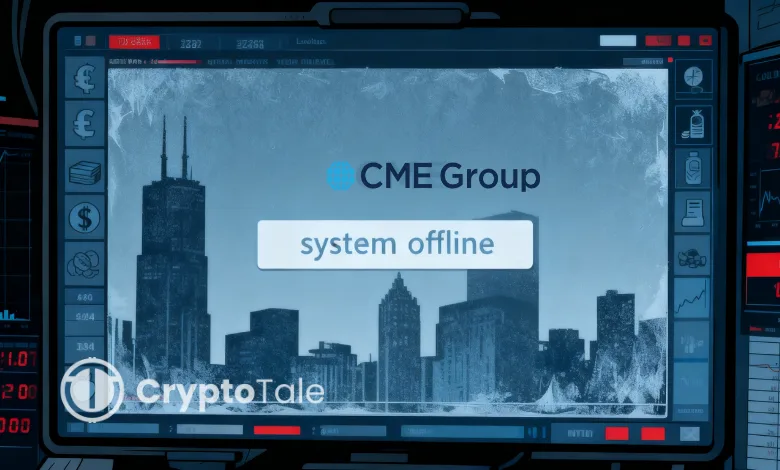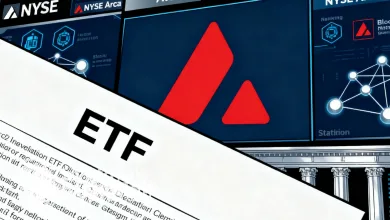CME Outage Halts Global Futures Trading After Data Center Issue

- CME halted major futures trading after a data-center cooling failure froze key markets.
- The outage disrupted price feeds across FX, commodities, and equity futures globally.
- Traders warned of catch-up volatility once systems reopen amid thin post-holiday liquidity.
Trading on CME Group platforms stopped early Friday after a data center cooling problem froze activity across key markets. CME alerted traders before 0300 GMT and said the issue disrupted futures and options linked to FX, commodities, Treasuries, and equities. The halt also affected EBS, a critical platform for currency trading. The outage created confusion during an already quiet session following the U.S. Thanksgiving break.
CME said a cooling problem at CyrusOne data centers caused the shutdown. The company noted that engineers are working to restore full operations and would provide clients with pre-open details once systems are stabilized.
The halt stopped price updates on several benchmarks. These included WTI crude, Treasury futures, S&P 500 contracts, palm oil, and gold. Screens on the EBS platform also froze, affecting major pairs like euro-dollar and dollar-yen. Some traders shifted to other venues to complete urgent orders.
One Asian trader described the disruption as a difficult situation. He said the halt hit activity at a moment when regional volumes were already thin. He also noted that many desks expected light flows after the holiday in the United States. The break reduced liquidity and increased the impact of any sudden pause in trading.
Impact Across Commodities, FX, and Equity Futures
The outage reached several major markets that rely on CME’s electronic systems. Asian traders said the stop affected crude oil, gasoline, and palm oil futures. These products trade through CME’s links with exchanges in the United States and Malaysia. The disruption also spread to contracts tied to global interest rates and stock indexes.
Analysts in Singapore said the halt challenged price discovery across multiple assets. They explained that thin liquidity increases uncertainty during market interruptions. One strategist warned that markets could see catch-up volatility once trading resumed. He said the risk felt higher because November delivered strong swings in commodities and FX.
CME serves as a key hub for global derivatives, and trading often flows through its Globex network. The Chicago Board of Trade, the New York Mercantile Exchange, and the Commodity Exchange all sit under the group. CME also holds stakes in other regional venues. This structure increases the impact of any shock to its technology systems.
Still, some activity continued through alternative channels. Several traders said they executed currency orders on different platforms. They used these backup routes to manage end-of-month flows and client requests. However, they still described the session as slow and unpredictable.
Related: Upbit Suffers $36M Solana Hot Wallet Hack in Major Breach
Asia Trading Session Slows as Markets Wait for Updates
Market desks across Asia monitored the situation through the morning. Many desks expected a short trading day in American markets on Friday. That expectation reduced global participation and lowered available liquidity.
The outage added uncertainty to an already slow environment. Traders said they wanted clear guidance on reopening times. They also waited for confirmation that cooling problems no longer threatened core systems. Some desks were prepared for delayed pricing once systems returned.
CME said it would update clients with reopening plans. Traders expected news later in the session. They also prepared for potential price swings as markets adjusted to missed trades. Several analysts said volatility could rise temporarily once liquidity returned.





